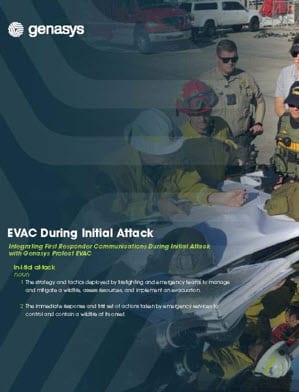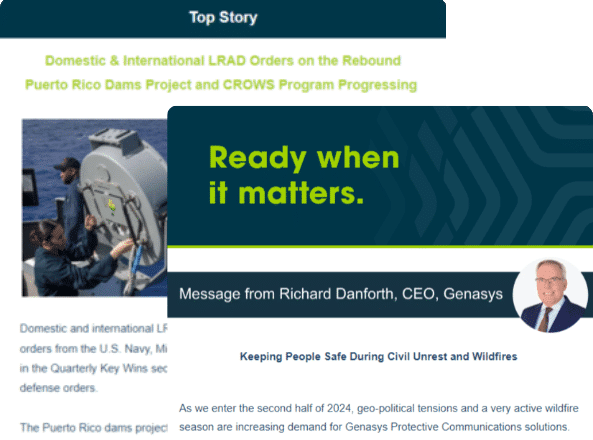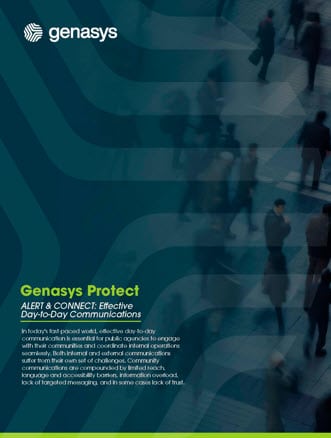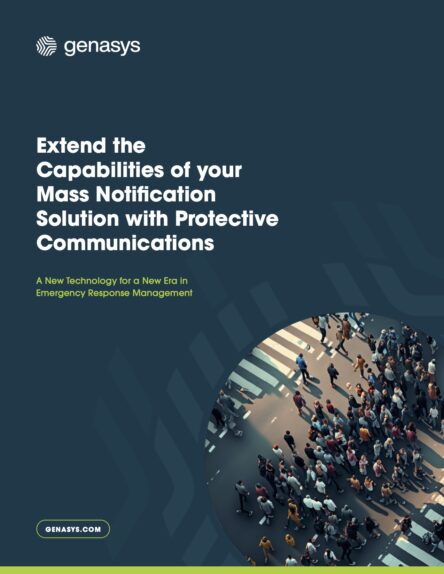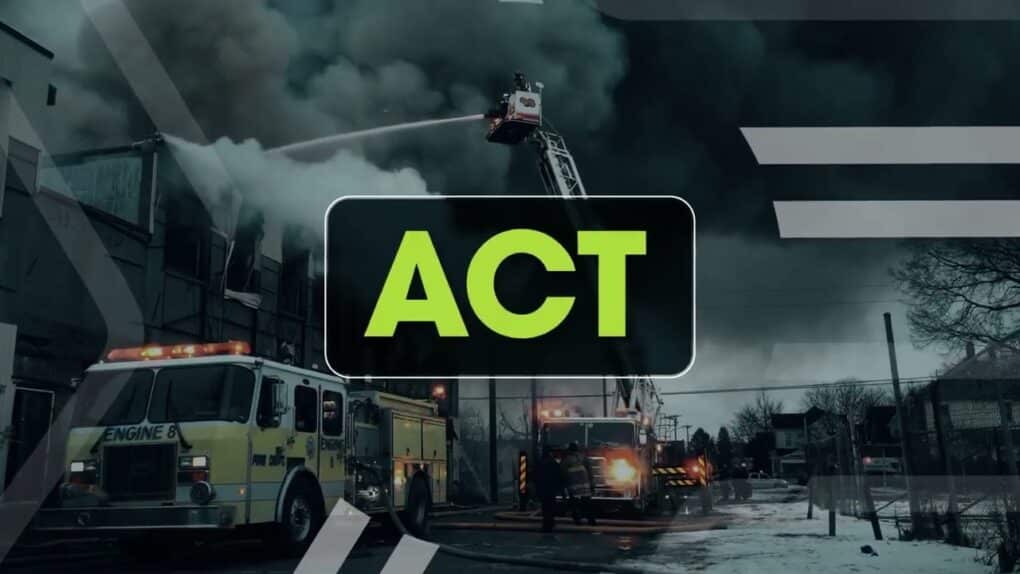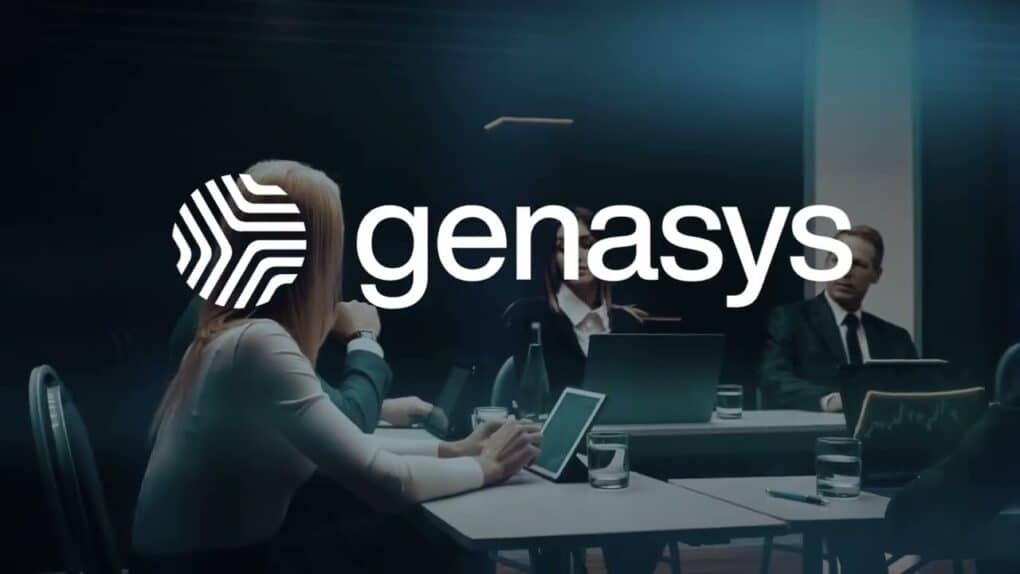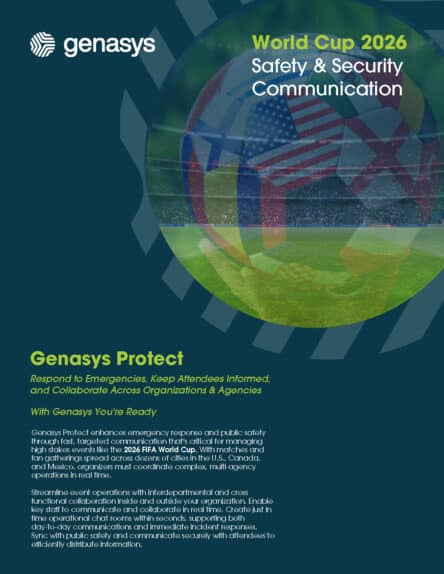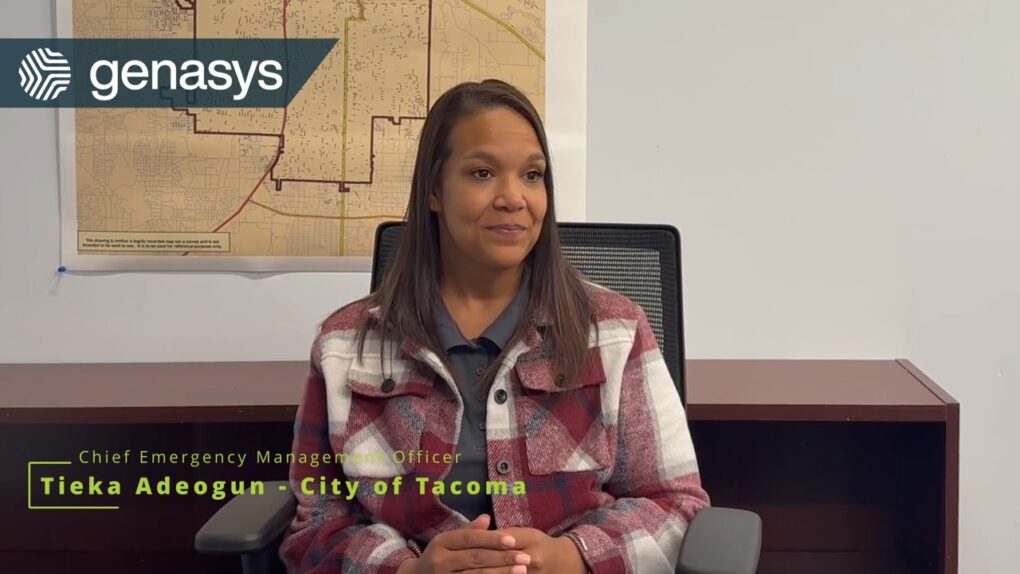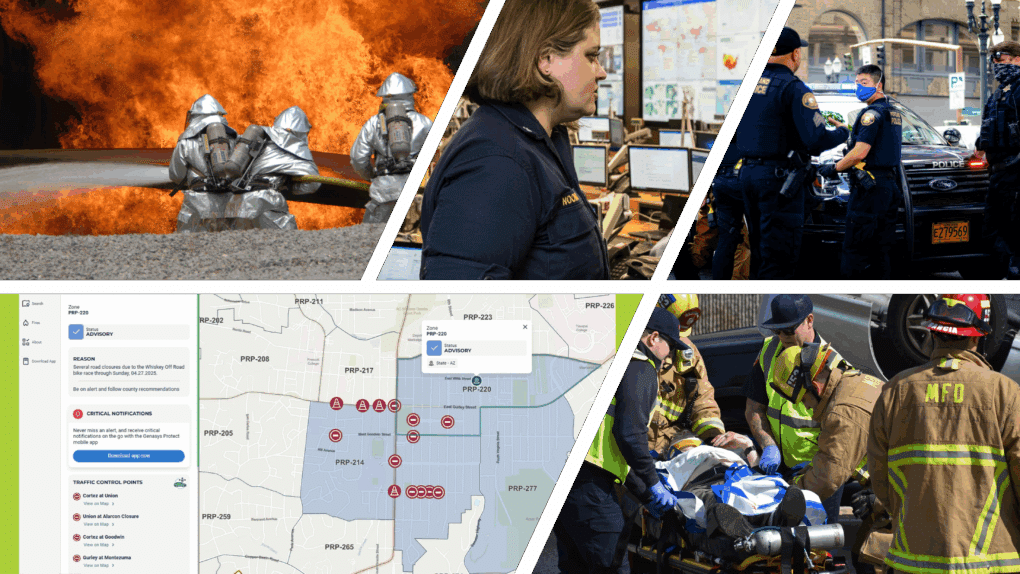Genasys To Keep You Ready when it Matters
Protective Communications
What is Protective Communications?
Protective Communications is the logical evolution and modernization from Mass Communication and Notification. Whereas Mass Notification is a consolidated output to inform many people at once, most often during emergencies,
Protective Communications goes further – both before and after the alert.
Protective Communications solutions allow you to plan before incidents occur, refine decisions with situational intelligence, collaborate across agencies or across private/public alignment, and communicate effectively to people that need to know important information. With Protective Communications, you give people critical details and help them act on that information to keep people safe, and you can even tailor messages to people based on specific location.
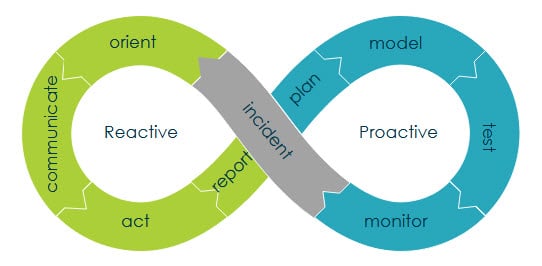
Mass Communication vs Protective Communications
Go beyond stand-alone and reactive mass notification or critical event management solutions with the comprehensive collection of Protective Communications capabilities.
Traditional Mass Communication
Protective Communications
Broad Reach: Notify people through multiple channels, including SMS, email, or even dedicated apps.
Emergency Alerts: Notify people of emergencies, urgent situations, and critical events to keep them safe and informed.
Output: Mass communication is the output of a larger process; it is the means to notify the public, employees, or teams.
Includes Mass Communication: Mass communication is a part of Protective Communications. It goes beyond, however, to add critical elements of planning and collaboration to make critical communications more efficient, more effective, and more targeted.
Planning and Modeling: Prepare for any event with zone-based planning, to communicate clearly across agencies or jurisdictions more rapidly.
Workflow Management: Streamline all of the steps of decision-making and critical message development to be ready for emergencies and to help manage day-to-day collaboration activities.
Situational Intelligence: Integrate with existing data, from key GIS data to real-time traffic modeling to make data-based, strategic decisions.
Stakeholder Collaboration: Comprehensive Protective Communications solutions allow individuals and teams to collaborate efficiently and securely while meeting all compliance regulations.
Evacuation Management: Zone-based planning facilitates intelligent and rapid evacuations in emergencies. Beyond just evacuation, zones help in shelter-in-place orders and repopulation.
Targeted Communication: Enhance mass alerts with added, targeted location-based communications. Reach neighborhoods, zones, or even building clusters with the information that matters most to them.
Reporting and Auditing: Optimize emergency planning and communication after events by building on strategies with field-based data and insights.
Frequently Asked Questions
Genasys Protect:
Protective Communications Solutions
ACOUSTICS
Highly audible and clear voice messaging up to thousands of meters away, staying on and connected even during broad power outages and network downtime.
Learn more about ACOUSTICS.
ALERT
Comprehensive, zone-based alerting, and multi-channel communication to reach people quickly and reliably, using real-time data.
Learn more about ALERT.
CONNECT
Secure, real-time inter- and intra-agency communication and collaboration, addressing the strictest requirements of public safety agencies, hospitals, financial services, and business communications.
Learn more about CONNECT.
EVAC
Intelligent zoning that reduces the time from incident recognition to community notification by 90%, accelerating decision-making and communication of actionable messages to the community.
Learn more about EVAC.



